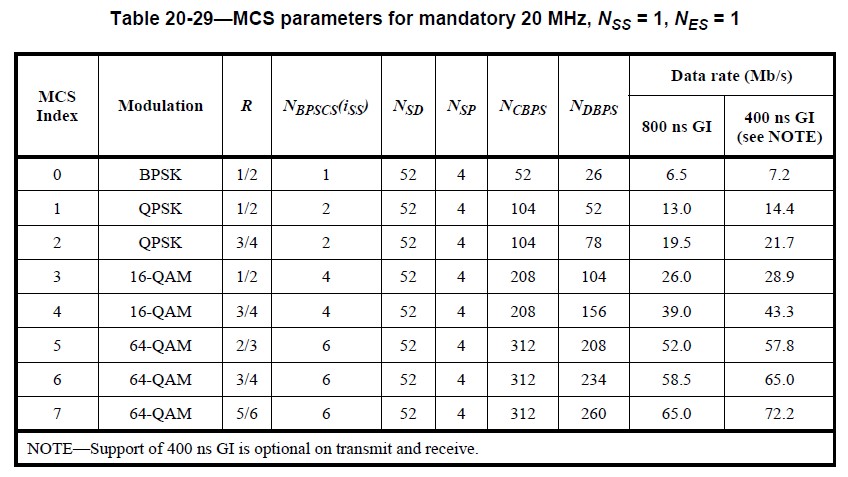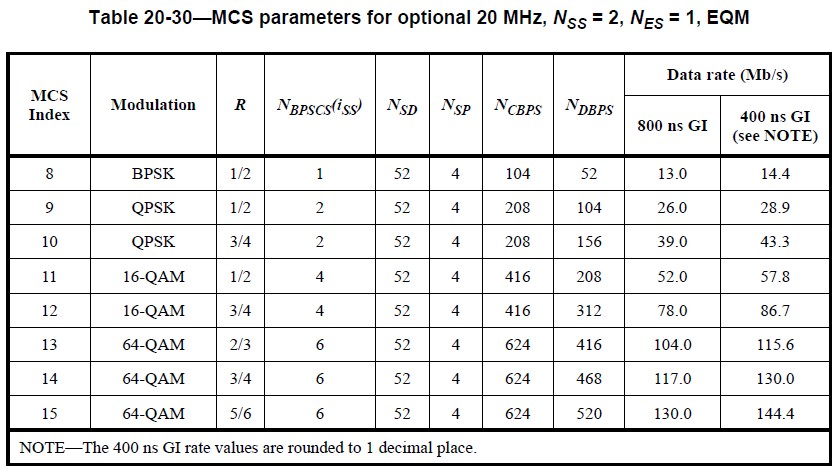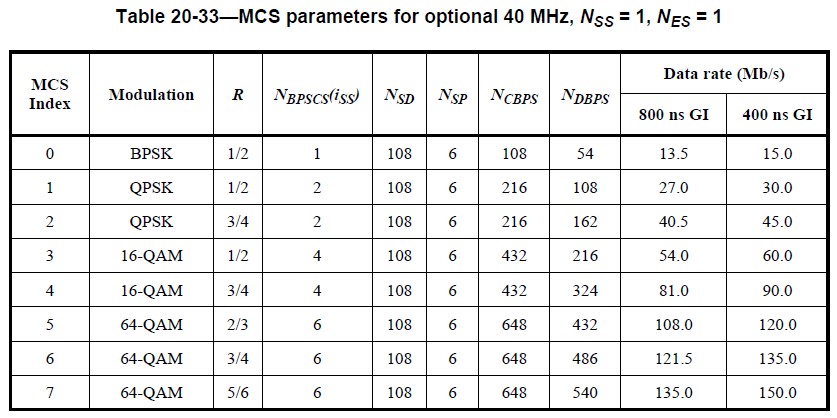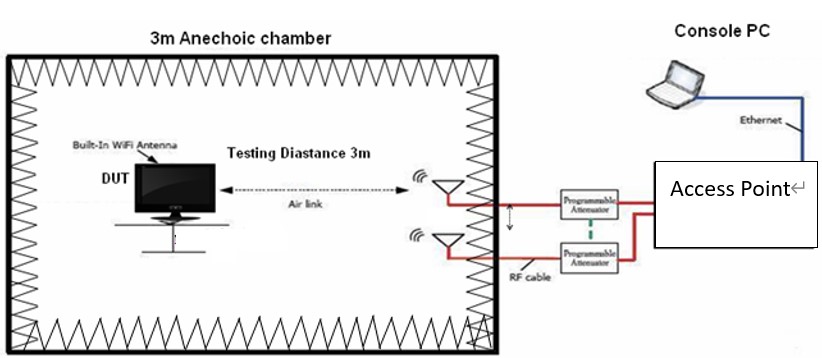Wi-Fi and Bluetooth Throughput Measurement

“ Throughput ”
Throughput refers to the amount of data (measured in bits, bytes, etc.) that are successfully transmitted to networks, devices, ports or other facilities within a certain unit of time. In other words, the throughput calculation refers to the maximum data rate that the devices can receive without any loss of data packet.
Nowadays, Wi-Fi transmission technology is continuous to evolve from IEEE 802.11 a/b/n (Wi-Fi 4), IEEE 802.11 ac (Wi-Fi 5), IEEE 802.11 ax (Wi-Fi 6) to the newer Wi-Fi 6E; at the same time, being utilized the spectrum and frequency range have been expanded also. However, even these Wi-Fi and Bluetooth devices have compliant with regulatory regulations in various countries, there is no guarantee for their data transmission efficiency when using in real life and be exposure in a complex wireless signal transmission environment; meeting the original design purposes.
In fact, no matter where such devices are used in the business, entertainment and homes, such environments are filled with various wireless signals, likely bringing high potential mutual interference and causing direct and indirect influences of the devices data transmission efficiency. Customer complaint is likely to be raised.
Theoretical Throughput Rate
The Wi-Fi theoretical throughput rate, based on all the information, such as different modulation methods, code rates, the number of coded bytes carried by a single sub-carrier, the total number of sub-carriers carrying data, the number of spatial streams, and the consuming time of Wi-Fi single data transmission, is calculated.
According to the IEEE standard defined theoretical rate, It can be used as a reference basis for customers and device designers to determine the pros and cons of the measurement performance results, then adjust it to the optimal performance.
See below figures of some part of IEEE 802.11n theoretical rates examples for reference.
(Fig. 1:IEEE 802.11n-HT20 1T/1R)

(Fig. 2:IEEE 802.11n-HT20 2T/2R)

(Fig. 3:IEEE 802.11n-HT40 1T/1R)

Wi-Fi and Bluetooth Throughput Testing
To evaluate the data transmission efficiency of the wireless terminal devices, SGS has constructed an universal measurement environment. By setting up different brand/type of wireless routers in the anechoic chamber and connecting to device terminals with attenuators to investigate device and find the best data transmission efficiency under various testing distances and different network packet transmitting conditions.
SGS also provides with customized testing services; may follow customer individual request, setting up different measurement conditions, and simulating user with the closest to actual environment conditions to test the devices. At the same time, based on test data obtained from different conditions and direction angles, it can assist manufacturers to analyze and eliminate the caused reasons that may affect data transmission performance.
Refer to below figure of basic test arrangements for details.

SGS Provides The Following Testing Items
- Throughput of Wi-Fi IEEE 802.11 Protocol
- Throughput of Bluetooth
- Throughput of Stability Burning (data transmission performance based on various temperature conditions)
Contact with below laboratory for further information, customized, other than above listed testing services in detail.

